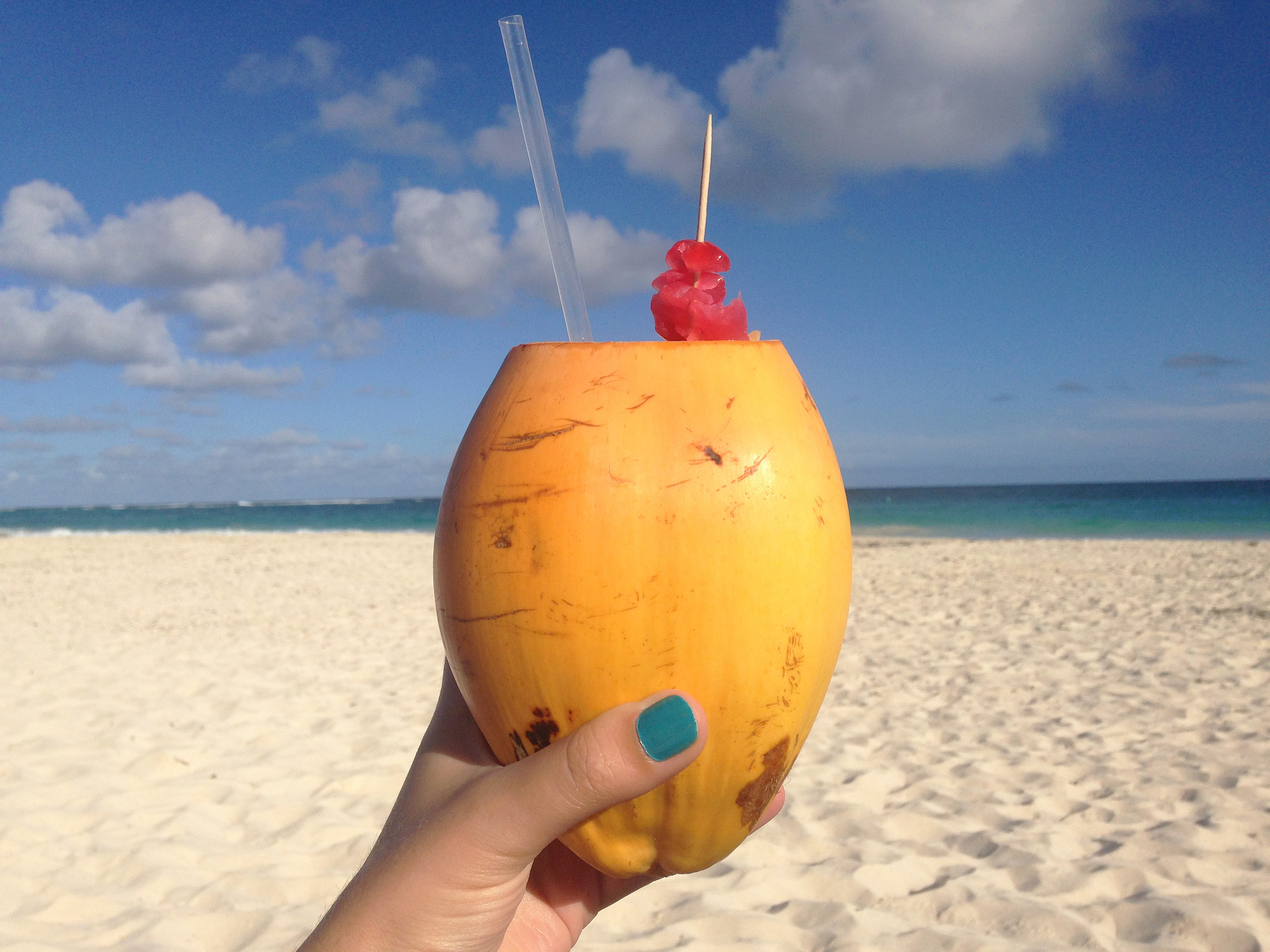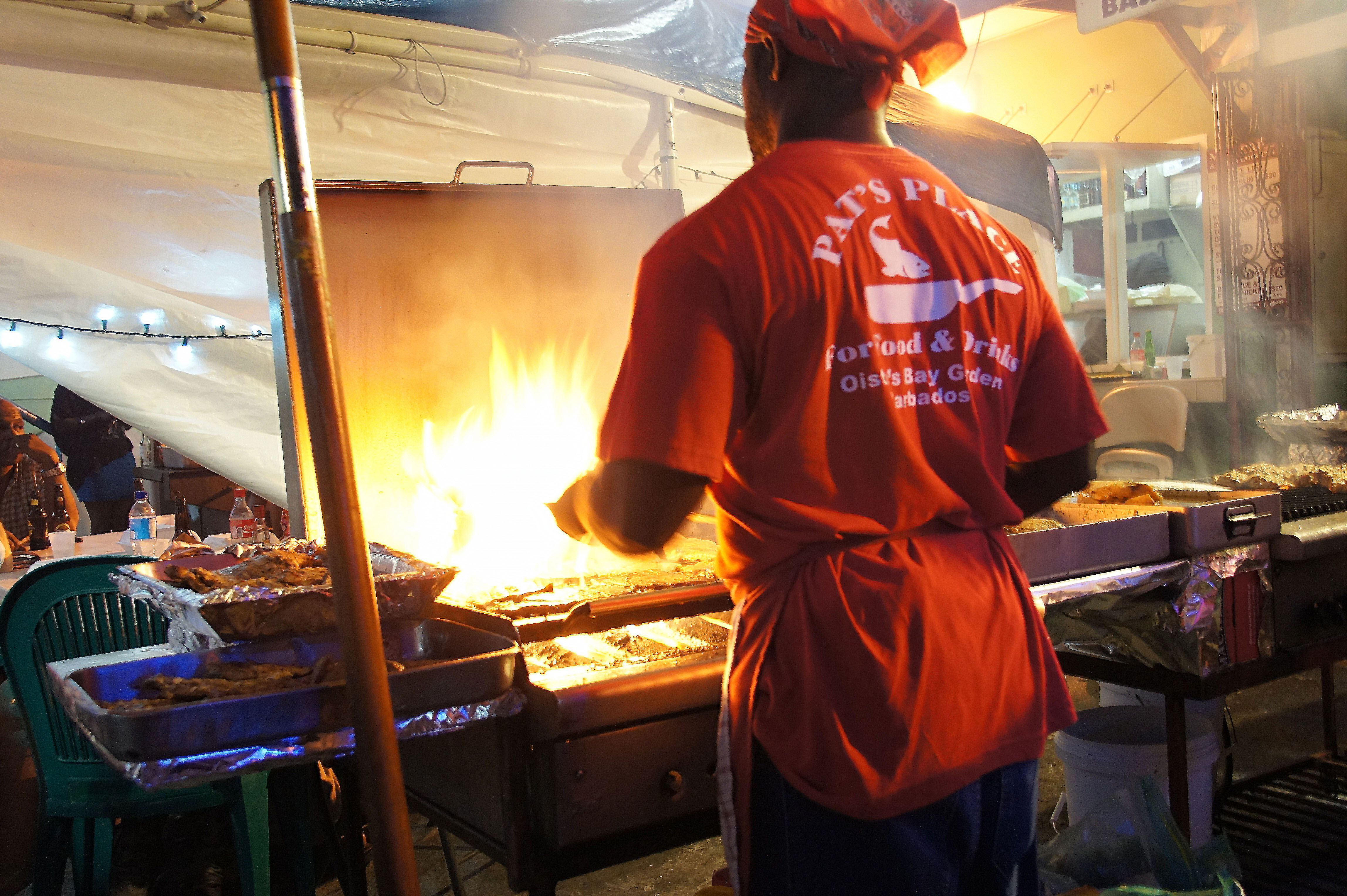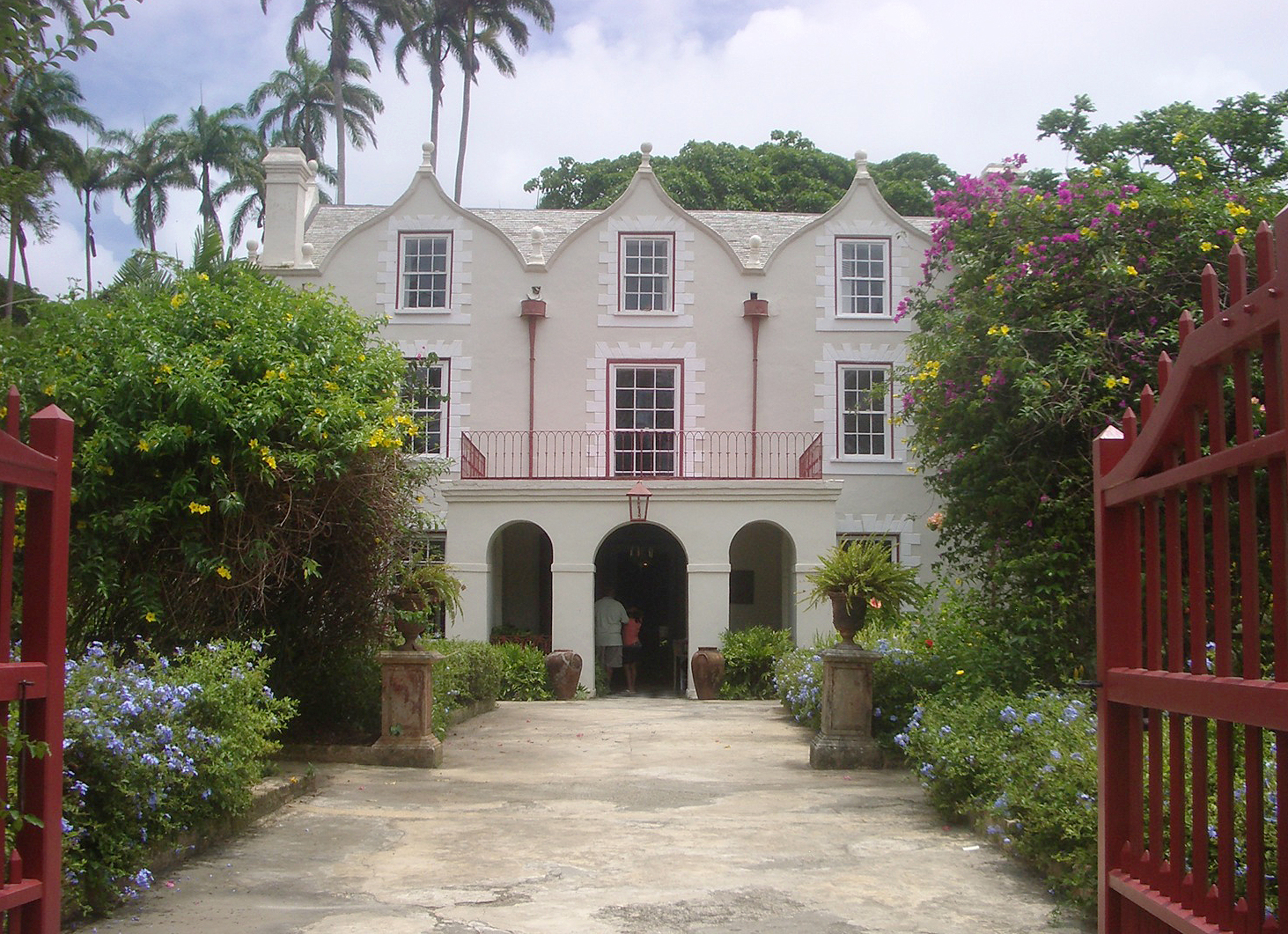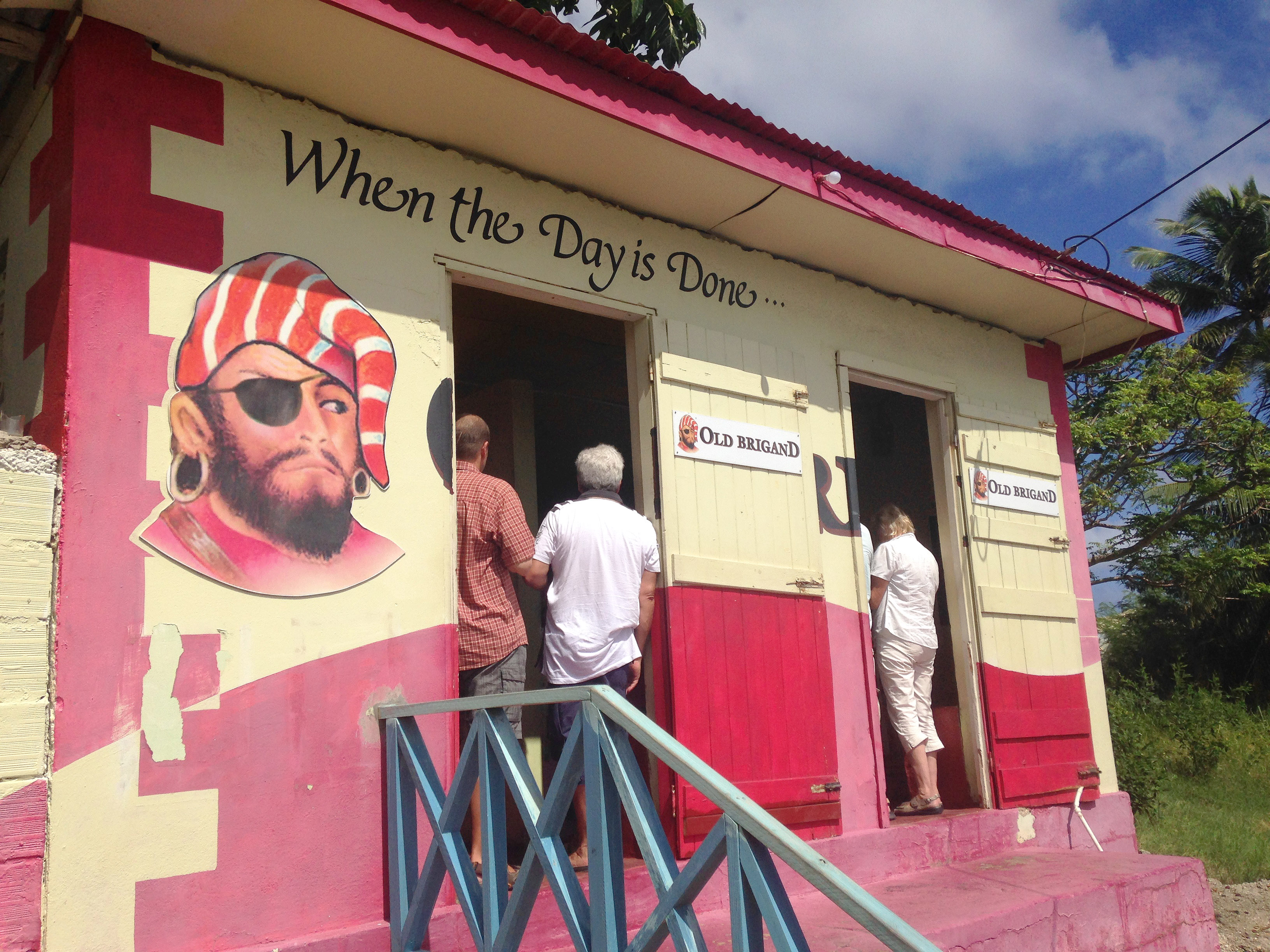Revered in calypso and soca songs and celebrated at its own festival, Bajan rum is used to flavor local fare and is served everywhere, at all times of the day. Barbados' 'Story of Sugar and Rum', which includes its historic plantations and distilleries, has even made it onto the tentative list of cultural heritage sites to be considered for inscription by Unesco.

Thanks to its largely flat landscape and good soil and rainfall, the West Indies’ easternmost island developed the earliest successful sugar industry in the English Caribbean in the mid-17th century. Plantation slaves first discovered that molasses, a byproduct of the sugar refining process, could be fermented into a crude liquor that came to be known as ‘kill-devil’ or ‘rumbuillon’, but it wasn’t until 1703 that English businessman Sir John Gay set up the world’s first properly commercial rum venture in Barbados, having refined the distillation process to produce the beverage that is now synonymous with the island itself.
Whether you’re visiting for one day on a cruise stop or for a week or more (highly recommended), there’s plenty of time to get into the, er, spirit – without even leaving the beach.
It’s no surprise Barbados has a festival dedicated to rum – ‘rum’ being the key word in the annual Food, Wine & Rum Festival (foodwinerum.com). Held over four days at the end of November, this ode to the hard stuff features a schedule of boozy foodie events across the island, from wine-and-rum-paired dinners to beach parties with pop-up food stalls and bars, cooking demonstrations and calypso bands.
Rum is a major player in many other island festivals, such as the August end-of-harvest festival Crop Over, when the entire island essentially transforms into one big, well lubricated party; February’s Holetown Festival commemorating the first settlement of Barbados; and Easter's Oistins Fish Festival, a celebration of the fishing industry.

Located near Bridgetown’s port, the Mount Gay Rum Visitor’s Centre is a popular excursion for the cruise crowds. Visitors listen to a rundown on the distillery’s history, watch a short film and, of course, end with a rum tasting. There’s not a lot to see here (mostly bottling – the actual refinery, up in St Lucy, is not open to visitors) but the half-hour tour is fun, and ends at the great in-house bar where you can stay on for a slap-up cocktail. Hot tip: buy your rum at the gift shop; it’s more expensive at the airport.
Mount Gay, however, is only one of four distilleries on the island. Located in the hills of St Peter, St Nicholas Abbey is the oldest of Barbados’ plantation houses and has a long history of rum production; its current owners have eschewed modern mechanical systems in favor of the traditional distillation process. The US$30 ticket price includes entry to the antique-crammed ground floor rooms of the Jacobean style house (built in 1660), a small cinema showing a film of island life in the 1930s, the rum distillery (with tastings) and Cherry Tree Hill, a historic avenue of mahogany trees.

Next up is the shabbier seaside West Indies Rum Distillery, which opened in the southern parish of Saint Michael in 1893. It produced Cockspur rum along with Malibu and Popov vodka for decades before catching the eye of US country artist Kenny Chesney, who in 2013 channeled his love of island life into his own brand of rum blends (think: coconut spiced, banana cream) under the label Blue Chair Bay Rum (bluechairbayrum.com). It runs $US10 tours with tastings.
Lastly, the Foursquare Rum Distillery occupies the site of a former St Philip sugar factory dating back to 1636. Eight acres of plantation yard have been beautifully landscaped as a park and entertainment venue, while the factory and plantation outbuildings have been restored to pristine condition. Besides the distillery that produces Rum Sixty Six (rumsixtysix.com/foursquare-rum-distillery), there are several attractions on the property including a sugar machinery museum, folk museum, bottling plants, and a glass fusing studio. Self-guided tours are free, so just wander in and follow the signposted walking tour.
Numbering more than 1500 across the island (with at least one in every village), Barbadian rum shops are as much a part of the island as the pub is to Britain. Usually painted in bright colors and/or the bold livery of a drink brand, these simple wooden shops sell rum in shots or small bottles, along with island food cooked to order. Sample a selection of favorites on a rum shop tour (rumshoptours.com).
 Barbadian rum shop run by the aunt of champion UK boxer Nigel Benn © Sarah Reid / Lonely Planet
Barbadian rum shop run by the aunt of champion UK boxer Nigel Benn © Sarah Reid / Lonely Planet
Cruising alongside the west coast of Barbados with a rum punch in hand is one of the most popular day trips on the island. Cruise operators are plentiful, from the 'sun blast cruise' offered by Jammin Catamaran Cruises (jammincats.com) and the Black Pearl Party Cruise (barbadosblackpearl-jollyroger1.com) to the more intimate and laid-back Cool Runnings (coolrunningsbarbados.com) and Calabaza Sailing Cruises (barbadossailingcruises.com). Most include all-you-can-drink rum punch (and other drinks), lunch and snorkeling stops.
On top of its rum shops, Barbados has plenty of bars, and you’d be hard-pressed to find any that don’t serve rum! Some of the best cocktails in town are served at higher-end restaurants such as The Cliff (thecliffbarbados.com) and Cin Cin (cincinbythesea.com). More accessible is Scarlet (scarletbarbados.com), a chic, pop-art decorated cocktail bar and bistro in a red-painted chattel house on the main west coast road.
Time for shots? Head to Harbour Lights (harbourlightsbarbados.com), an open-air nightclub on the fringe of Bridgetown purported to be Barbados’ best, or any of the bars and clubs in the island’s biggest and best nightlife hub, St Lawrence Gap. If you’re in town on a Friday, head to Oistins – every week this fishing village lays on a big street party. Wash down a freshly-grilled flying fish with a rum punch and dance to the calypso beats.